To say the New York Rangers‘ Kaapo Kakko looks like he hasn’t missed a beat in two games since coming back from Long Term Injured Reserve just wouldn’t be accurate.
Maybe it’s more noticeable merely because he was sidelined for almost seven weeks, but in actuality, the big forward has been more effective the past two contests than he was in his 20 games prior to suffering a lower-body injury against the Buffalo Sabres on Nov. 27. That paused what had been a stunningly quiet season for the No. 2 overall draft pick in 2019.
Kakko’s return Jan. 14 at home against the Washington Capitals saw him reunite with Chris Kreider and Mika Zibanejad, and he turned in a solid effort in which he registered two shots on goal in 16:04 of ice time of a 2-1 victory. On Jan. 16 against the Seattle Kraken, Kakko scored just his third goal of the season, rifling a Zibanejad setup past Seattle goaltender Chris Driedger to give the Rangers a 4-1 lead in a game they’d go on to win 5-2. Zibanejad and Kreider finished plus-3, while Kakko was a plus-2.
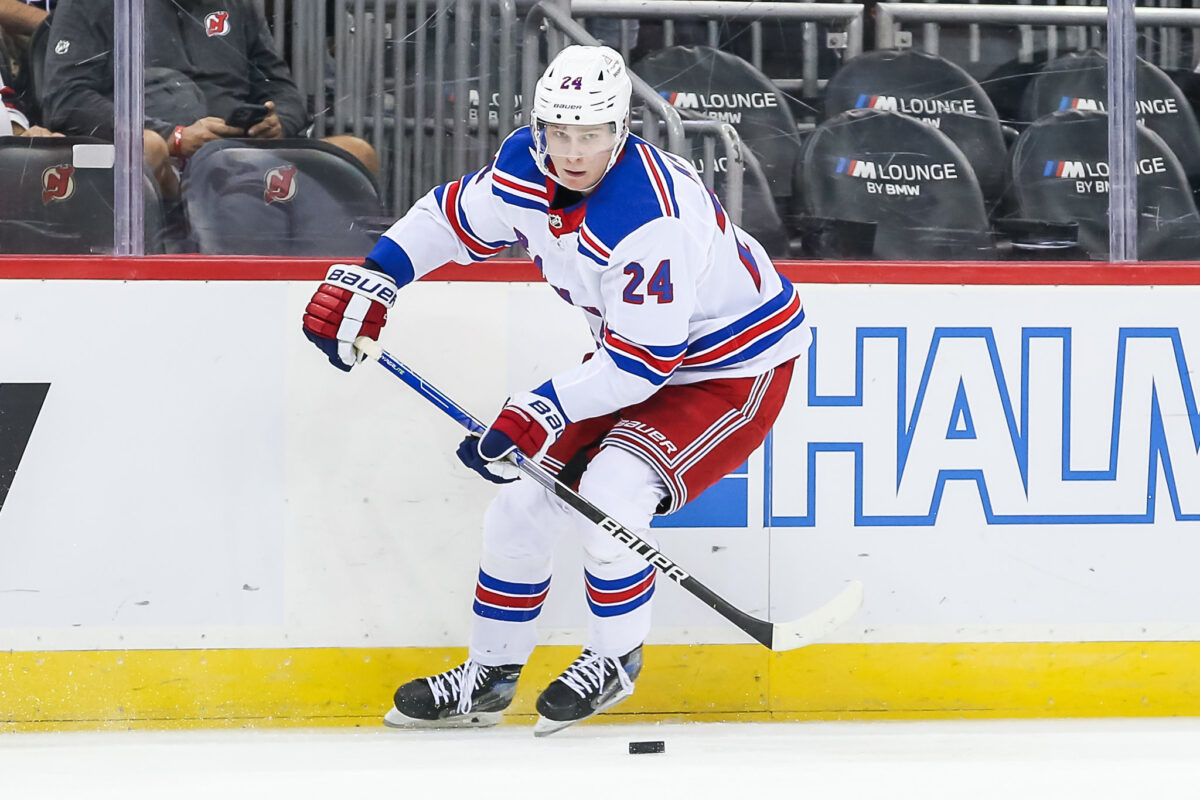
While his re-entry into the lineup has been encouraging for sure, the Blueshirts badly need it to be more than that for the rest of the season. Put bluntly, the Rangers have to be able to count on Kakko finally putting all his tantalizing skills together and producing the way a second overall pick is expected to for the rest of 2023-24. At least in a developmental sense, it’s time for Kakko to grow up and give the Rangers a badly-needed threat at right wing – which would benefit both the current roster and the front office as it plans its path for the March 8 trade deadline.
Rangers Need Kakko to Do More Than Just Post Positive Metrics
To be clear, there’s nothing to suggest Kakko is immature or unfocused. He’s always seemed determined to do well and contribute through a halting start to his NHL career that’s been hindered by North American adjustment issues, injury problems and the COVID pandemic that hit toward the end of his rookie season. The Finn looked like he was finally ready to move beyond all of that last season, when he recorded career highs of 18 goals, 22 assists and a plus-12 rating while playing all 82 games.
The momentum, maddingly, didn’t carry over to the start of this season. With new coach Peter Laviolette ready to hand top-six responsibility to the 22-year-old after Kakko had been largely ensconced on Gerard Gallant’s “Kid Line” over the previous two seasons, the 6-foot-2, 206-pound forward instead seemed largely invisible out of the gate. He had scored one goal in 15 games and was dropped from the Zibanejad-Kreider line in favor of 37-year-old bargain signing Blake Wheeler before suffering what appeared to be a serious knee injury in going down to the ice awkwardly against the Sabres.
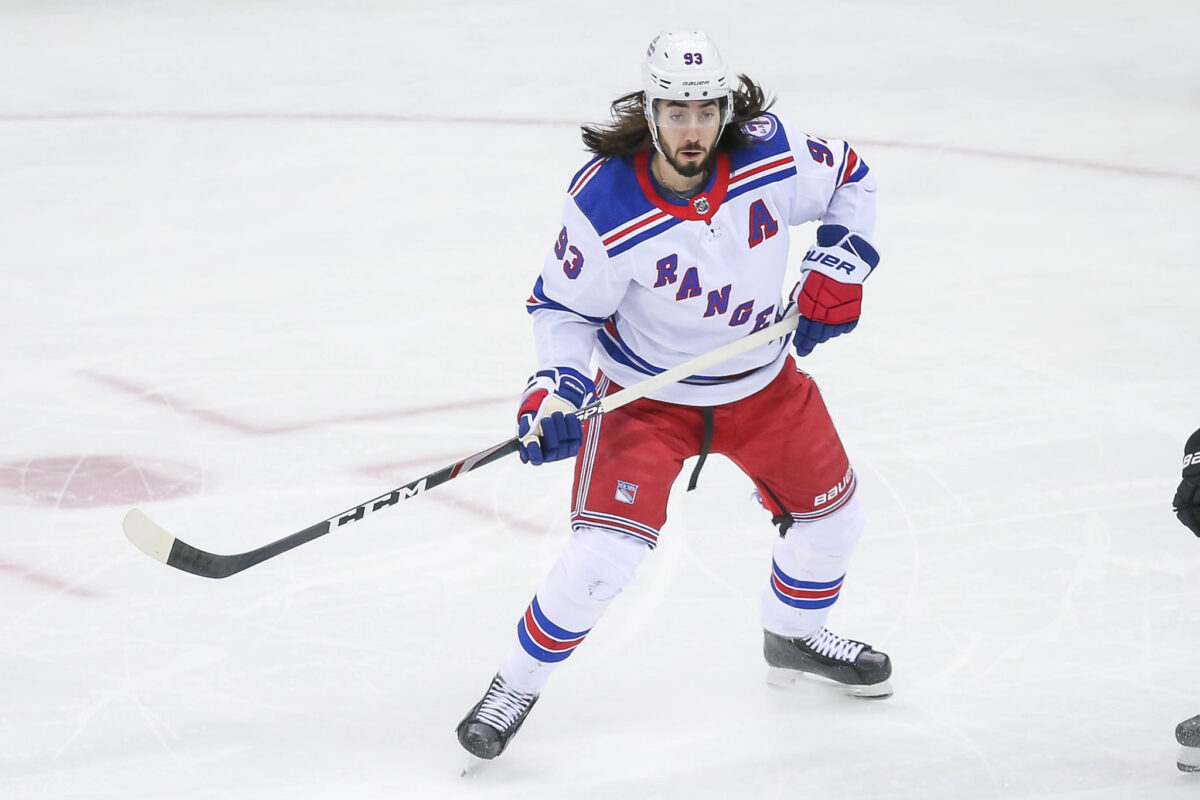
Kakko had still managed to be a beneficial player despite the lack of offense, which adds to his enigmatic nature. His ability to work the walls and maintain possession of the puck for extended periods in the offensive zone led to strong shifts for whatever line he was on. Always a solid defensive presence, Kakko is a plus-27 over the past four seasons, and he’s never recorded a Corsi for percentage under 50.6 in his four-plus season career.
All of that, though, isn’t enough anymore. The Rangers were thrilled to take Kakko No. 2 behind New Jersey Devils center Jack Hughes in 2019 after watching him dominate older players in Finland’s Liiga, scoring 22 goals with 16 assists in 45 games in 2018-19, and then tallying six goals in 10 games of that season’s World Championships.
Kakko hasn’t come close to approximating Hughes’ career so far, and there’s a good chance he’ll never approach that level. The Rangers have been patient in waiting for the light to go on. Now would be the right time for Kakko to do that and put any potential excuses in the rearview mirror.
“I thought he could have scored a couple goals in the first game (back from injury),” Laviolette said after the victory over the Kraken. “He was in on the crease and he had a couple of looks and chances. … it’s nice to get him on the board and feeling that as well. It’s good to have him back.”
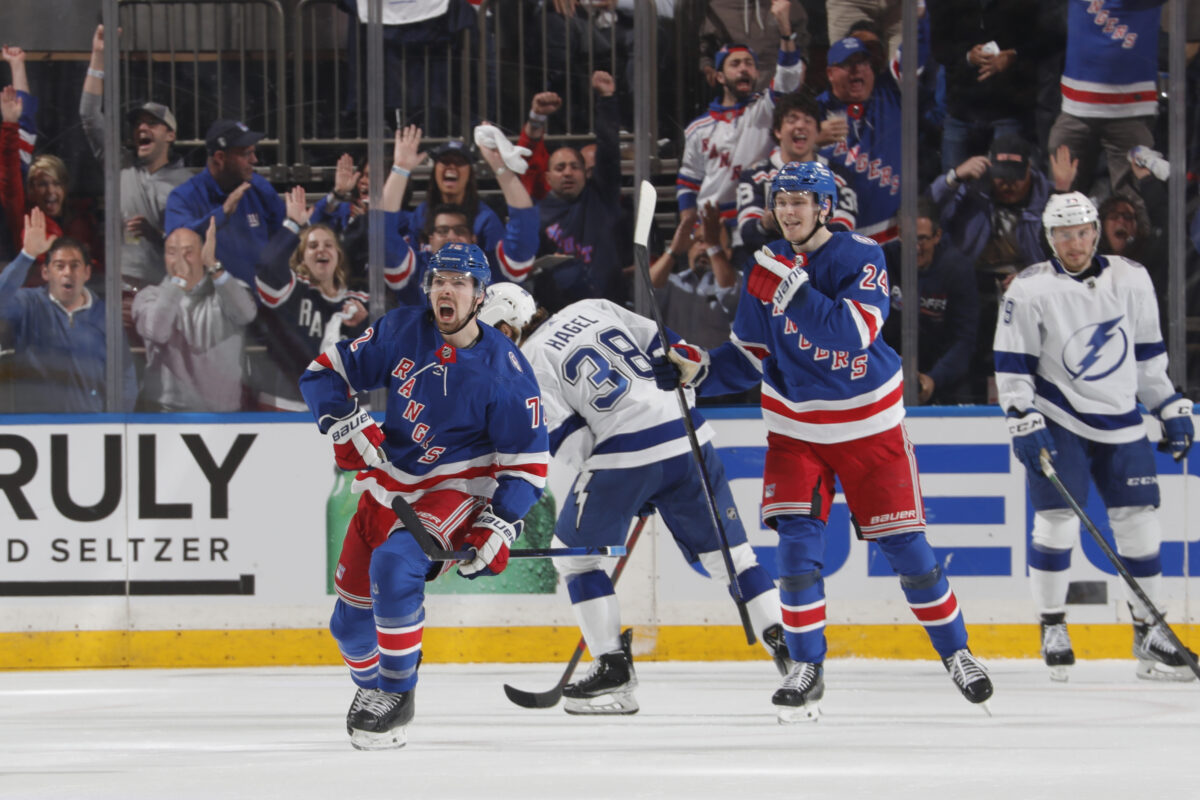
The Kreider-Zibanejad-Kakko line turned in mostly positive underlying numbers Jan. 16, holding a 6-5 advantage in scoring chances and being on for two goals for to none against at 5-on-5. In 22 total games together, the trio has posted a 50.4 Corsi for and 80.0 goals for percentage, while generating a 53-49 advantage in scoring chances and 27-18 edge in high-danger chances.
Lineup Appears More Balanced With Kakko’s Return
The Rangers have looked like a more well-rounded team with Kakko back and effective the past two games. His consequential play has allowed what has been an injury-hit lineup to appear at least closer to complete, with Wheeler dropping down to a third line – the best spot for him – with Will Cuylle and Jonny Brodzinski. Against Seattle, the unit produced a Wheeler goal at even strength, and it’s posted a 61.5 Corsi for in two games since being put together when Kakko returned.
The Blueshirts are hardly complete, of course. Center Filip Chytil’s extended absence due to a suspected concussion hurt the club during an 8-9-1 stretch that followed its 18-4-1 burst out of the gate, with scoring depth becoming an increasingly bigger issue. Wins in their last two games have eased those concerns a bit, but there’s little question that general manager Chris Drury will have to do something before the deadline.
Related: Rangers Burned by Lack of Depth at Center
That’s why a healthy and effective Kakko really matters to this roster. If Chytil isn’t able to make it back this season, Drury will have to target a third-line center on the trade market. The Rangers also probably need a big, grinding winger who can play in the bottom six.
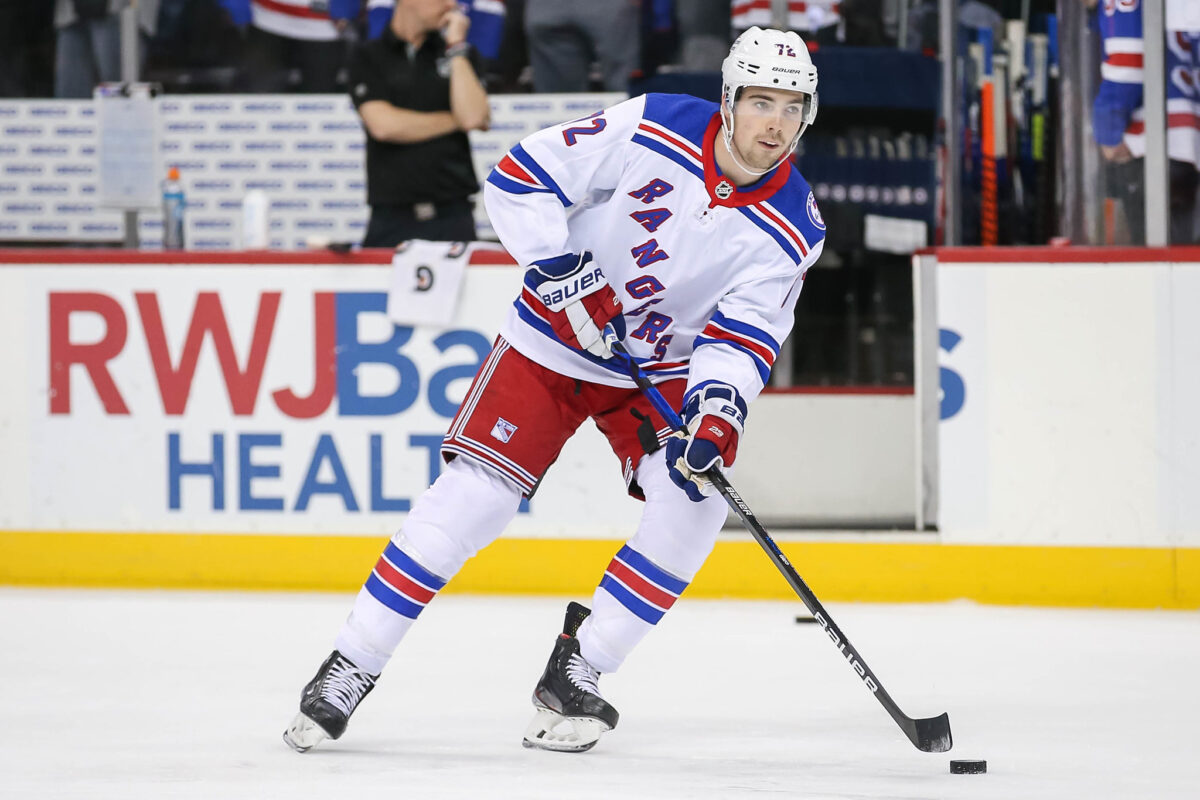
If the club still isn’t getting enough offense from the right side, though, that could be a bridge too far for Drury to address. He’d likely have to prioritize addressing the biggest hole – at center if Chytil can’t be counted on, though Chytil recently shared a positive update – and perhaps add a lower-cost forward with size. Pulling off both those moves while also needing to acquire a scoring right wing, though, doesn’t seem terribly realistic, given the significant youth and/or draft capital that would be going out the door. The Rangers have already traded away their second-round picks in 2025 and ’26, and they don’t have third-rounders this year or next.
That makes Kakko’s return to the ice, especially when it looked like his season might have been over, so potentially important to the Rangers’ Stanley Cup hopes. Now he just has to start to play like the guy the organization envisioned he’d become when it jumped at the chance to select him nearly four years ago.
Kakko’s Key: Moving off the Walls and Into the Middle
A noticeable shortcoming in Kakko’s game amidst his rough start was him spending much of his time on the perimeter. The Blueshirts want him using his big frame to get to the middle – which he did on his goal Jan. 16 – and crash the net. They need him to score goals and not just do the little things anymore, beneficial as those might be.
“I didn’t like those (first 20) games at all,” said Kakko, whose English is still coming along. “I think I didn’t play good, and then in the end I didn’t play that much. That means I didn’t play good.”
As discouraging as his lack of progress has been at times, there’s every reason to believe Kakko can step up this season – with one of those reasons sharing the same dressing room. Alexis Lafreniere, the top pick in the draft one year after Kakko went second, looked to be on his way to bust status in the eyes of many before he busted out this season. Lafreniere’s 11 goals and 15 assists playing on the Rangers’ most effective line with Vincent Trocheck and Artemi Panarin have been the reward for a player who’s been aggressive, hard-working and engaged every night, and is clearly finding his confidence and game after a similarly up-and-down start to his career.
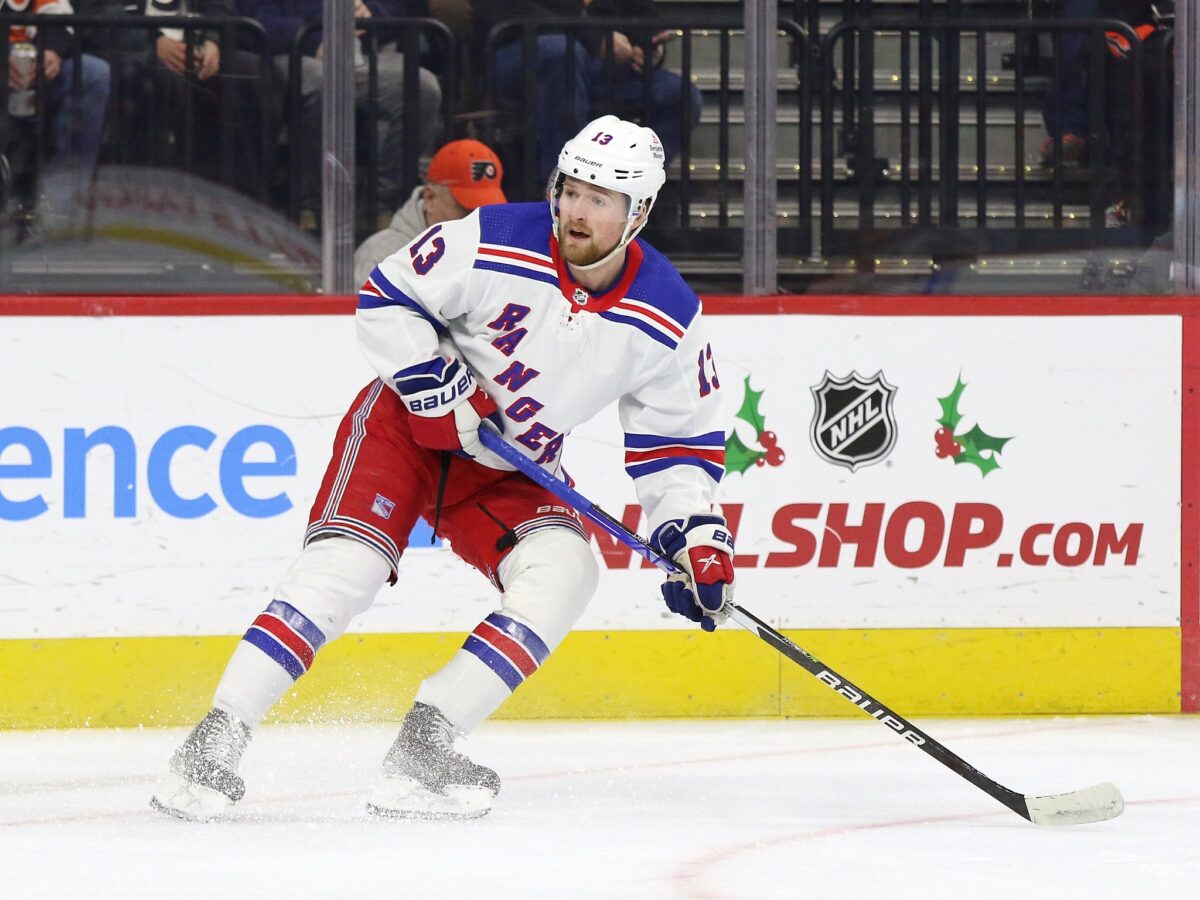
Playing with Panarin certainly helps Lafreniere, but the assignment with Zibanejad and Kreider should also help lift Kakko after he dealt with an uncertain role in the lineup for the past few seasons.
It’s up to Kakko to stay on that unit, of course. Lottery twin and former linemate Lafreniere has been one of the Rangers’ best forwards this season, and he has one fewer season in the NHL than Kakko does. The time for development should be over; the time for consistently strong production has arrived. The Rangers’ fortunes this season just might depend on whether Kakko can make that leap over the next five months or so.
